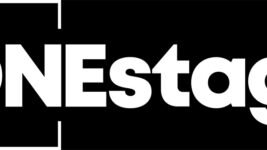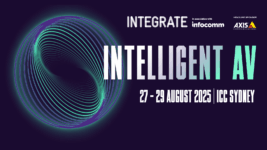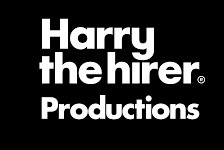PROJECTION
14 Jul 2025
The Theatre of Projection Mapping
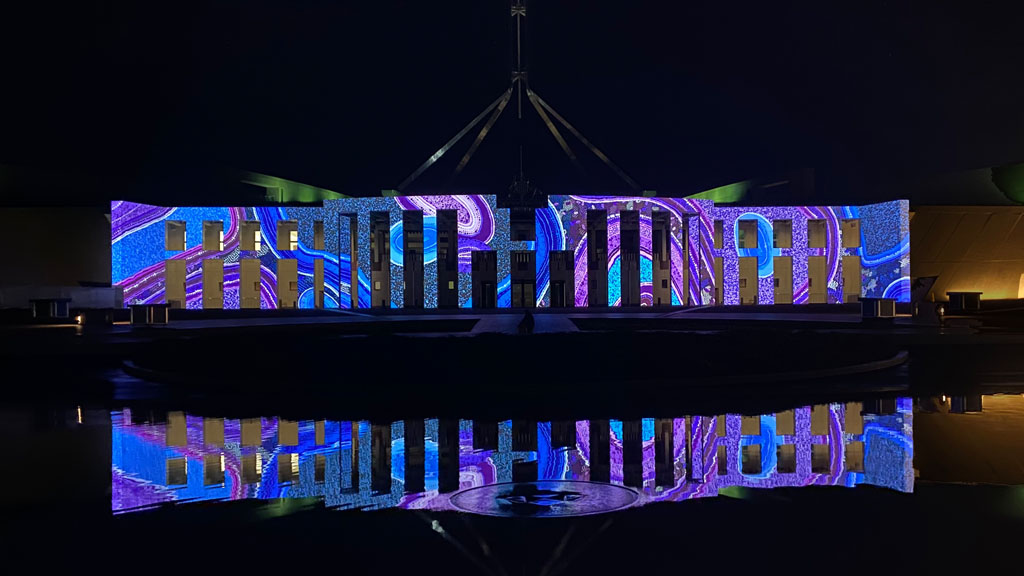
Subscribe to CX E-News
A lot has been said in recent times about the rise of LED and the inevitable decline of projection, however these prophecies have struggled to materialise.
Despite significant improvements in the utility, quality and resolution of LED panels, meshes, and films, they remain largely a rectilinear medium, primarily for the delivery of image and content. Of course, daytime applications such as digital signage and for use in sporting venues and the like absolutely depend on the benefits of LED technology. Many comparisons between projection and LED are made in the context of traditional AV applications, such as the delivery of content to a confined audience. In these settings, high quality LED offers greater contrast, near perfect black-levels, higher brightness and immunity to ambient light. Projection, on the other hand, relies on reflection from a ‘screen’ surface, and is much more susceptible to the effects of ambient and incidental light. Of course, projection will always remain a convenient way to render images onto a flat surface.
When projection is considered as a light source, however, the ability to sculpt, enhance and transform the three dimensional world opens up vast opportunities for designers. Architectural projection mapping is a great example of this. The Electric Canvas’ approach to architectural projection invariably starts with considering the ‘theatre’ of the site. How does the building (the actor on our stage) need to be illuminated? Where will it be viewed from and what sightline and glare obstacles exist at the site – our theatre?
While controllable sources such as façade and venue lighting can mostly be managed, inconveniently placed indiscriminate street lighting, as well as bright signage and advertising, can pollute our stage and must be taken into consideration when creating content for the often-over-lit urban environment. LED signage, set up for daylight brightness levels and seldom managed for after-dark operation, is often a significant culprit.
Like in traditional theatre, we believe that the show experience starts as the audience enters and does not conclude until the audience has departed. Many grand theatre spaces feature stunning architecture and decor, despite, ironically, spending the majority of their occupied life in the dark. So we consider audience arrival and departure – first and last impressions – as well as well as ways to entice and engage passing foot traffic. It is so important to approach public projections from a theatrical viewpoint.
As the sun goes down and our audience gather in anticipation, we should light our stage, the building, so that its magnificence emerges from the dusk while waiting for the ‘curtain’ to go up. It is inappropriate to allow a beautiful façade, often the backdrop to pre-show activities, to remain at the mercy of uncomplimentary ambient light whilst the sun is setting.
When conditions are right for our show to commence, the fading of our projected facade lighting creates a theatrical moment akin to the house lights dimming and the curtain rising. The public understand these signals and focus their attention to our stage so the show can begin. Imagine this powerful theatrical moment, synchronised across several facades or even a cityscape!
Continuing our theatrical analogy, we should never reveal our tools and processes; they must remain hidden to the public to ensure technical transparency at all times. A simple example is avoiding projector and architectural alignment checks while there is an audience present.
Projecting grids during the preshow dusk, whilst considered essential by many technicians, is an example of poor showmanship. It is avoidable by the use of discrete alignment points only discernible to the trained and assisted eye. Some of the most critical live events such as Olympic Ceremonies or even Sydney Opera House projections have demanded such strategies be utilised.
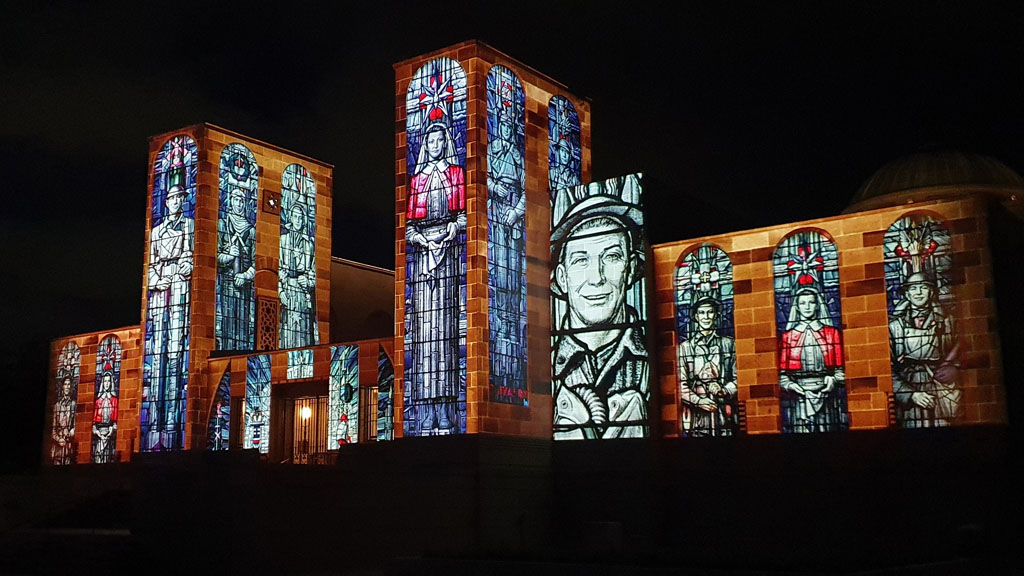
Often overlooked is the importance of accurate image masking. This might be necessary to improve creative outcomes, such as altering how content flows across a façade, passing in front of or behind certain architectural detail. Or it might be used to eliminate glare hazards for public or staff exiting through doorways or down stairs that lie within the projected coverage. Often masking strategies are only finalised on-site and after set-up, when such fine-tuning can enhance the overall experience.
Soundtrack delivery continues to be treated as the poor relation to vision. This has never been the case in the theatre. Proper sound design is an essential element of the public experience. Whether sound is the motivation for the image or the other way around, properly considered soundtrack composition and sound design are essential to the outcome. The successful marriage of sound and vision always creates an experience far superior to the sum of their individual parts. A well-crafted soundtrack always deserves the best on-site playback consideration. Placing loudspeakers on the projection structures for technical convenience, almost always behind the audience, disconnects the building from its voice and must be avoided. Try watching television or a movie with the speakers behind you.
There exists a growing number of tools to assist the projection mapping community. Whilst the venerable Watchout media server arguably started it all many years ago, there exists today a myriad of capable and reliable media server systems available for a range of playback and control applications, including projection mapping. Most systems emerged from specific needs; Watchout from the corporate theatre world, disguise from touring concert LED and lighting roots, for example.
For many years, The Electric Canvas has favoured the Modulo Pi family of media servers. Developed in France, the system has proved to be an ultra-reliable, stable, and extremely flexible platform, originally born from the specific needs of projection mapping artists and technicians. A 25-year relationship with the developer affords us direct and prompt access for rapid development of bespoke solutions to meet our clients’ particular requirements. This has been invaluable in adapting to the specific needs of challenging installations and events. Our technicians love the unique X-map features of the Modulo systems, whereby a Photoshop file can be used to quickly and simply define architectural features, often from photographs, after which the file can be dropped directly into Modulo, preserving the layer structure of the Photoshop file. From there, the layers of individual architectural shapes can be manipulated (mapped) independently, without affecting alignment of other regions in the overall mapping. These ‘pathed’ layers can also be used on-site to create and manipulate masks and other objects, such as shapes used to illuminate immovable items like banners and signs that form part of a façade.
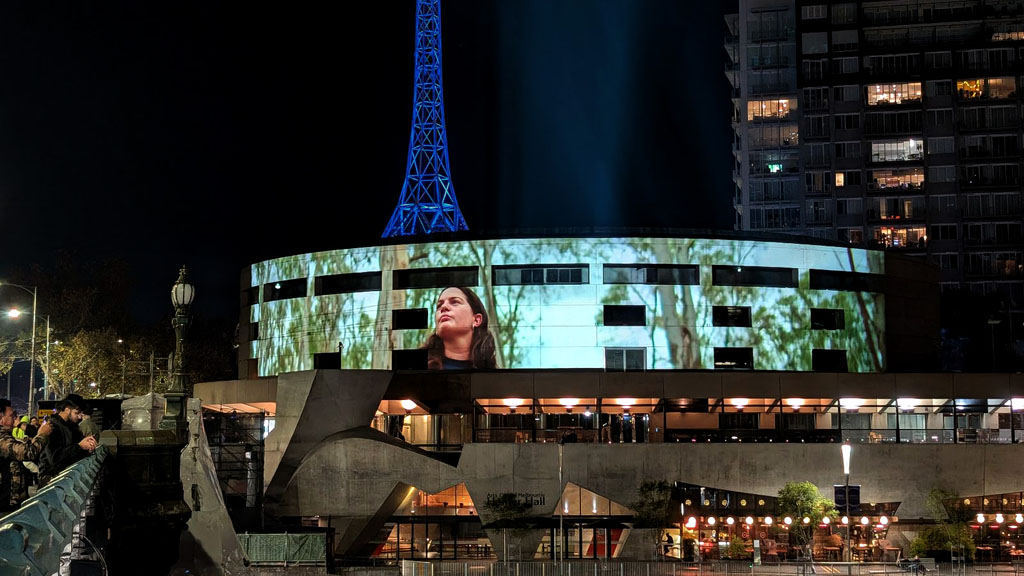
It is most important that architecture be treated with respect and brought to life with a thorough understanding of the building and careful crafting of the designs. All building projections should be an immersive, theatrical experience, and practitioners should try wherever possible to integrate their work into the precinct and the overall event. The desire to respect and celebrate architecture must never result in buildings or structures being treated as a mere ‘screen’.
As the all-consuming Vivid Sydney festival has drawn to a close, The Electric Canvas has been full steam ahead, delivering a bevy of winter events around the country. It is winter festival season for us, with overlapping delivery for Melbourne’s Rising festival, projections onto Parliament House in Canberra for National Reconciliation Week, Sovereign Hill’s Winter Wonderlights in Ballarat, Illuminate Adelaide, as well as numerous other activations and installations during this busy period.
Subscribe
Published monthly since 1991, our famous AV industry magazine is free for download or pay for print. Subscribers also receive CX News, our free weekly email with the latest industry news and jobs.

